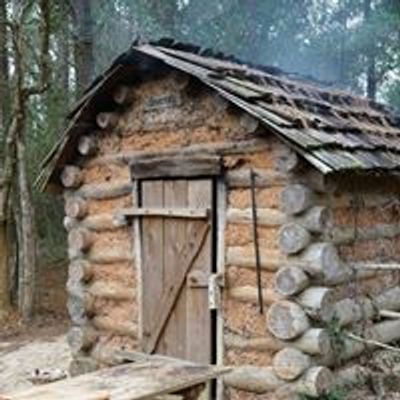
Advertisement
For Weekend Wildlife on Saturday, July 27, we take a closer look at one of the common turtles in our ponds -- the Stinkpot or Common Musk Turtle (Sternotherus odoratus). It is a small, mainly carnivorous turtle that is primarily aquatic and spends most of its time walking on the bottom of its aquatic habitat, rather than swimming through the water. However, it is a capable swimmer when necessary.
Easily recognizable, its shell resembles a black or dark brown egg -- being oval in shape. The Common Musk Turtle/Stinkpot/ gets its name from a smelly musk that it can release onto predators and curious humans when seized. Though they eat mainly aquatic invertebrates and smaller vertebrates, they do supplement their diets with algae and aquatic vegetation. They are usually found in still relatively shallow bodies of water with muddy substrates.
As recently as the 1990s the genus Sternotherus was placed in the synonymy of the closely related genus Kinosternon; however, that arrangement was not widely accepted and Sternotherus is generally regarded as a valid genus. The two genera Sternotherus (musk turtles) and Kinosternon (mud turtles), constitute the subfamily Kinosterninae within the family Kinosternidae.
Its defense mechanism is to excrete a musk scent from a small gland in its underside, hence the name musk turtle. This is used to scare away predators and natural enemies. If harassed, a wild stinkpot often will not hesitate to bite. Because its neck can extend as far as its hind feet, caution is required when handling one.
Sternotherus odoratus is omnivorous. The most common prey in the diet are mollusks (gastropods and bivalves), insects (including larva, adults, aquatic and terrestrial), and crustaceans (amphipods, isopods, and crayfish). Other items documented in the diet include earthworms, leeches, spiders, millipedes, small fish and fish eggs, amphibians (tadpoles and small frogs), small turtles, carrion, filamentous green algae, parts of vascular plants (e.g. Cornus, Eichhornia, Elodea, Hydrilla, Najas, Nuphar, Utricularia, Vallisneria), and a variety of seeds. Juveniles and sub-adults (under 5 cm.) feed on a higher percentage of aquatic insects, algae, and carrion with an ontogenetic shift to a broader diet in adults.
Breeding occurs in the spring, and females often lay between 2 and 9 elliptical, hard-shelled eggs in a shallow burrow or under shoreline debris. An unusual behavior is the tendency to share nesting sites; in one case there were 16 nests under a single log. The eggs hatch in late summer or early fall after an incubation period of 100 to 150 days, making this turtle a species that displays delayed emergence. Although in many turtles egg size increases with female size, that may not be the cause for musk turtles. Egg width increases, and elongation (length/width) decreases as female size and clutch size increases.
Egg predation is a major cause of mortality, as with many turtle species. Hatchlings are usually less than one inch long and have a very ridged shell which will become less pronounced as they age and will eventually be completely smooth and domed. Its lifespan, as with most turtles, is quite long, with specimens in captivity being recorded at 50 years of age.
Advertisement
Event Venue & Nearby Stays
20634 Kenswick Dr, Humble, TX, United States, Texas 77338
